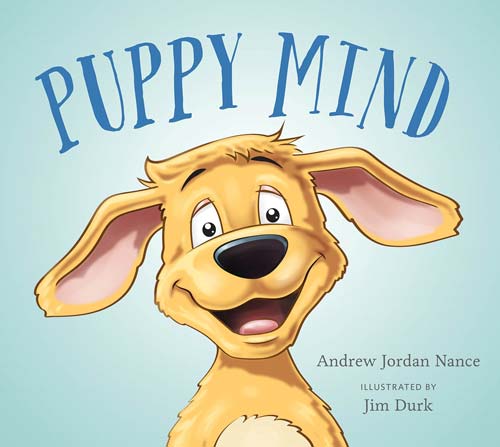This post came about after a reader sent me an email asking whether I have any mindfulness exercises for kids. But before we get into a few ideas, I think it's important to understand the following…
…When it comes to mindfulness and kids, the way forward is creativity and fun, rather than pushing them into seated meditation, breathing exercises and visualisation, etc. Kids want fun stuff to do, and anything that sounds like something their math teacher dreamed up they'll most likely turn their noses up at.
Kids are already in a great place to effortlessly access a mindful state, so my advice is to invent fun games and interesting activities that get kids interacting with nature and encourage them to see the beauty of life through their own lens, rather than trying to adapt adult mindfulness practices.
Try to use games and activities that don't have meditation buzz words attached to them, you know, like “being present”, or “reaching a higher state of awareness/consciousness”.
These terms won't mean anything to kids. Moreover it sounds too much like a lesson, which doesn't equate to fun time with mum or dad, or both. Try these three exercises I came up with, and then use them as a foundation to develop your own ideas.
1. Stroking the Dog (or Cat)
Provided you have a safe, furry pet that doesn't mind being stroked and cuddled, this is a winner. Start by telling your child to stroke the animal, first with his/her eyes open for a minute, and then with eyes shut for a minute. Let him/her know to stroke slowly and gently, with control.
Now ask what the fur feels like in each situation. With eyes open it is likely the fur just feels like the fur of the animal, but with eyes shut, the imagination hones in on the texture, perhaps interpreting it as a material like wool, a carpet protecting the skin, or perhaps something totally out there. Just let your child's imagination run wild, all the while letting him/her know the importance of being gentle with animals because they feel in exactly the same way we do.
This game is fun because it promotes affection toward nature, stimulates the imagination and teaches the child to appreciate the beauty of connecting with animals in an intimate way. This exercise teaches children to be gentle with animals and mindful of their feelings.
2. Roaring in the Wind
Next time it's windy in the garden, or when you are on a windy beach by the sea, stand facing the wind with your child. Spread your arms out and ask your child to do the same; you can hold hands or link arms if you like – for a more intimate connection.
Open your mouth and let out a primal roar into the wind (of course let your child know what you are going to do first, as you don't want him/her to be scared. Now tell your child to do the same. Tell him/her to roar as long and as loud as he/she can. This is a really fun thing to do, and kids love being given permission to really let go and express themselves. Now do it together.
Engage with your child and ask what it feels like. Ask what sensations they feel and what thoughts emerge as they roar. Your child may well say he/she feels like a lion, or a caveman, which is great. But again, whatever response is given is always the right one. There are no rules here. This is the cultivation of a primal connection with the universe. Your voice, and your child's, against the wind!
Let the wind smoother your face and blow through your hair. Fall to the ground dramatically if you feel like it, laugh, smile, hug, cry, do absolutely whatever connects you in that moment. Be completely with your child in mind and spirit.
This is a great way to safely and naturally let loose with your child in a primal-like game. It makes for an exhilarating moment where your child really gets to feel the interconnection humans have with nature, and most importantly, with their parents.
3. Watching Ants
Ants are amazing, yet most humans don't know it because we are too busy killing them and sweeping them out of our homes, which is not a very good example for our children.
For this exercise you'll need to find some ants under a rock or on ledge or small tree in the garden. You'll also need to give the ants some bread or crisp crumbs (please make them natural crisps!) You'll also need a magnifying glass.
Once you're all set up, give the magnifying glass to your child and let him/her observe how amazing the ants are. Watch them work as a team, carrying the crumbs back and forward, assisting each other with the heavy load. There is such wonderful efficiency and amazing organisation in the way ants work and navigate difficult obstacles that your will revel in amazement.
Appreciating nature in this way, and recognizing that ants, like humans, have a rightful, important place in the world, and do equally impressive things, is a great mindfulness exercise for kids. I often say to people that the ultimate realisation of one's place in the world is to understand that humans are no more important than ants. We all play an important role in the interdependent circle of life, and ants teach kids this lesson without words.
I'm currently working on a mindfulness exercises for kids book, but it won't be available until 2015 sometime, so for now I hope you will find the above three exercises useful.
If you'd like some more guidance on how to use mindfulness to work with kids, here's a link to a short video interview I did with Marianne Clyde from Mommy-Zen.com: http://www.youtube.com/watch?v=MYUwxtK4jEw




